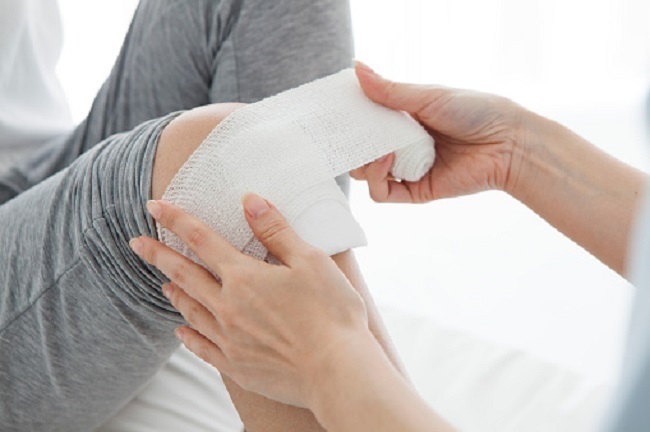Wound repair refers to the process of healing wounds. Small and significant injuries differ in treatment and healing time. A minor cut, for example, may only need a simple bandage and weeks to heal. However, a severe laceration often requires medical attention and a more lengthy rehabilitation process.
In some cases, wound repair requires surgery and intensive physical therapy. For instance, an ACL tear in the knee needs surgery and approximately a year of therapy sessions to return to normal. Even then, people struggle with range of motion and pain issues.
Knowing how to repair wounds and using available tools reduces the time it takes to feel good and restore normal body functions. If you or someone you know is dealing with a wound, here’s some information on basic wound repair to get you started.
Table of Contents
Types of Wounds
There are superficial wounds that need primary care to heal. However, intermediate and complex wounds need more attention. People suffer injuries related to:
Penetrating wounds
Crushing wounds
Head trauma
Stings
Thermal wounds
Cuts
Chemical Wounds
Burns
These are just a few of the different wounds. Each ranges in severity and people who suffer wounds need to seek appropriate care based on pain levels and other symptoms.
The Stages of Wound Healing
There are four stages of wound healing. They include:
Hemostasis – In this phase, the body stops bleeding and seals the wound. When someone is injured, the body marshalls resources to the wounded area. Whether it’s a bruise or a penetrating wound like a gunshot, blood rushes to the impacted body part to heal any burst capillaries, bleeding muscles, or open skin. Hemostasis refers to when the bleeding stops.
With minor wounds, the body can stop bleeding itself. However, severe wounds require external compression, bandages, and possibly surgical intervention to stop the bleeding.
Inflammatory – In the inflammatory phase, the immune system fights off infection and keeps the wound clean, so the body can begin healing. For example, when someone sprains their ankle, the foot and ankle swell up, making it harder to move. Inflammation is part of the wound repair process, but too much inflammation is harmful and should be managed with regular icing, compression, and rest.
Proliferation – In this stage, the body rebuilds the skin, bone, tissue, and other damaged parts. If you have an open wound that breaks the skin, you’ll notice that the scab over your wound gradually recedes as new skin grows. At first, the skin is soft, sensitive, and lighter in color. Eventually, however, proliferation creates new skin and other parts that heal the wound completely.
Maturation – At some point, the body heals the wound completely. However, maturation varies depending on the wound’s severity. The body works hard to restore full function to limbs, eyes, or whatever gets hurt. Sometimes, it’s impossible to heal fully, and people need additional medical support like surgery to return to normal. If you are interested in learning more about health and care, visit this website https://mysqmclub.com/ for useful information.
The Basics of Wound Repair
Every wound is slightly different, but these basics will help you avoid complications with an injury and heal as quickly as possible. Typically, the first thing you should do is stop any bleeding or remove your body from further harm. For example, get away from anything burning you or causing pain.
In superficial wounds, people can put bandages on cuts or abrasions to stop bleeding faster. However, complex wounds will need hospital attention and other robust interventions to get to hemostasis. To discover more about the recommendations that might assist you in treating minor cuts and scrapes, visit this website: https://www.blogs4us.com/
People should keep the wounded area clean and dry to facilitate wound repair. This gives the body a stable environment to heal. Rest is another vital component of wound repair. Unfortunately, too many people prolong injuries when they keep putting pressure on wounds.
If pain and other negative symptoms persist, go to a hospital or make an appointment with a doctor to address your concerns.
Peptides & Wound Repair
Thymosin Beta-4 (aka TB500) is a 43 amino acid peptide sequence. According to te recent studies in animal models, it promotes blood vessel growth and regulates wound healing. Test subjects that received Thymosin Beta-4 saw decreased inflammation and lower oxidative damage in the heart and central nervous system. In addition, it facilitates tissue repair, generation, and proliferation.
Some of the other benefits found in animal models include:
Lower inflammation
Increased muscle growth
Better flexibility
Collagen deposition
Thymosin Beta-4 is a synthetic version of a natural peptide in almost all human and animal cells.

